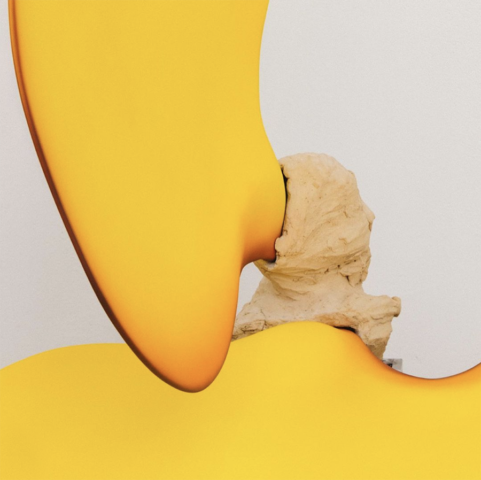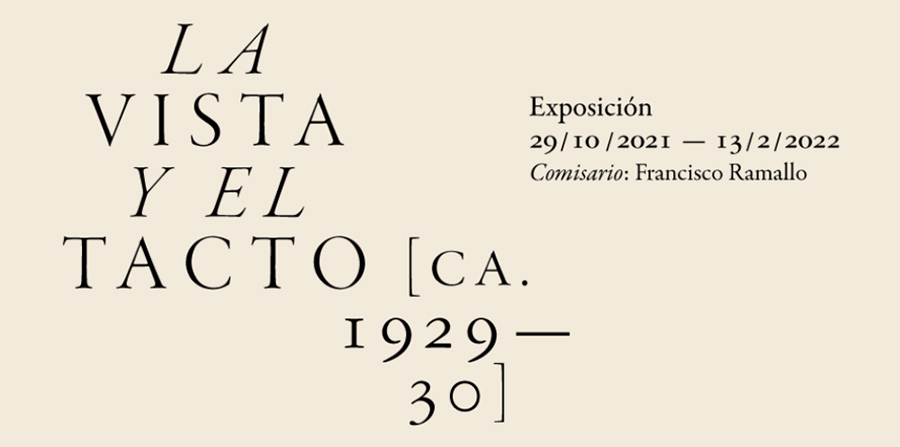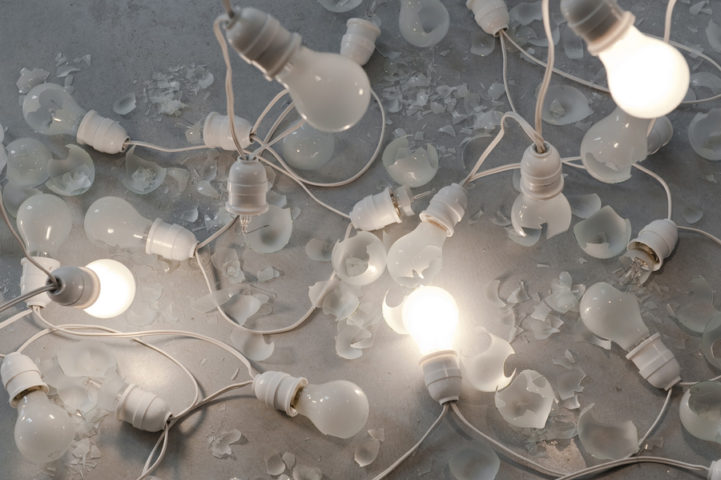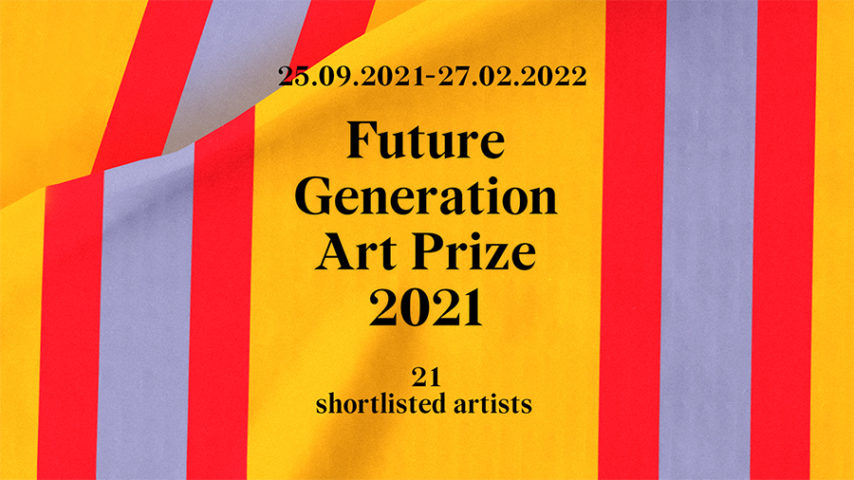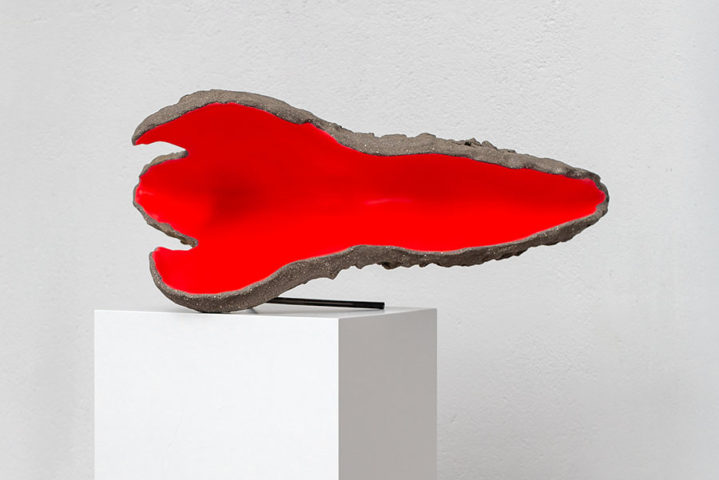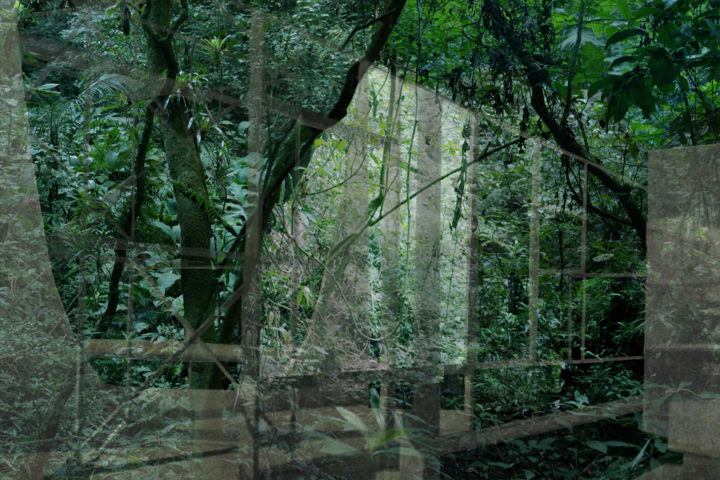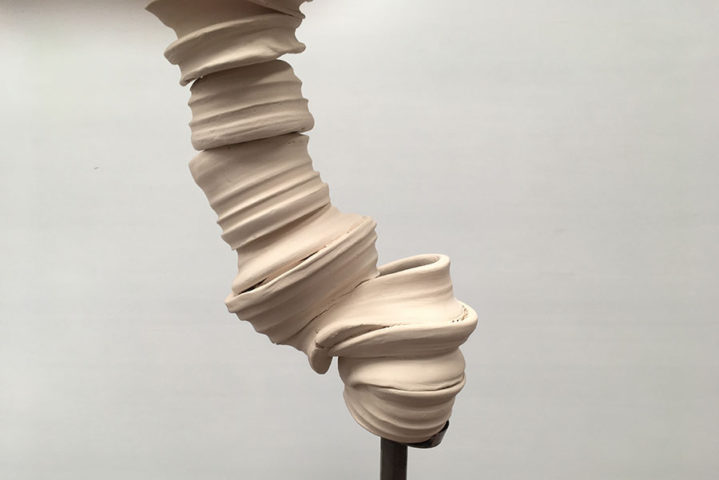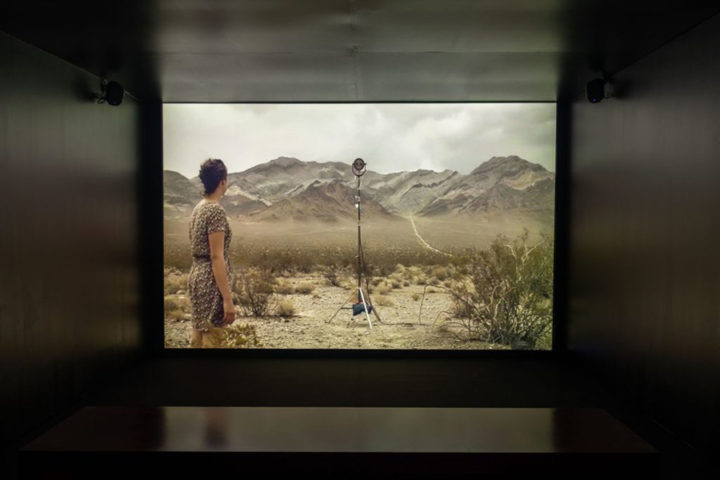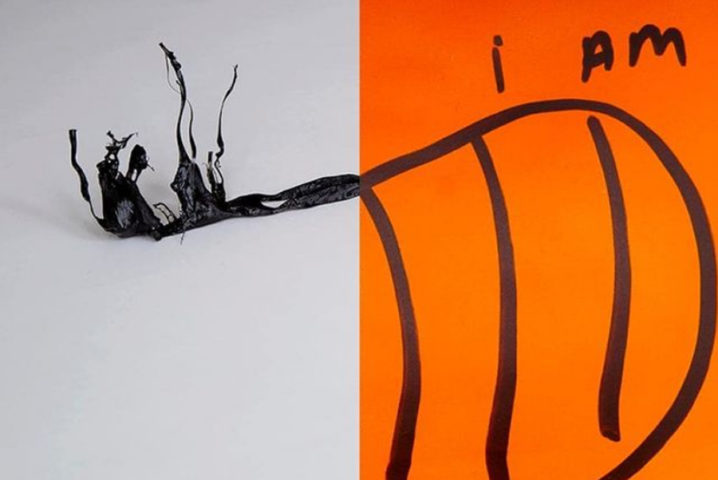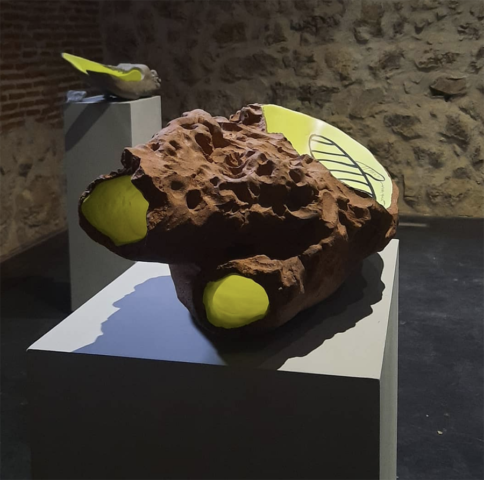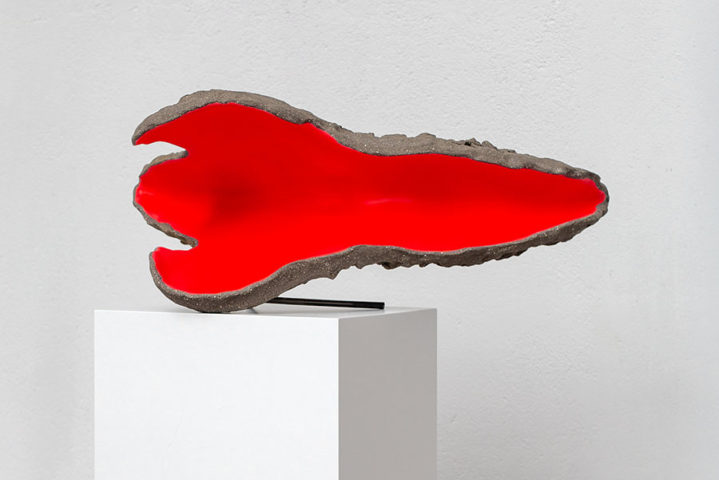1646 – Experimental art space, The Netherlands
10/12/2021 – 16/01/2022
Teresa Solar’s imaginary is based on the morphology of speech and, by extension, of thought. Morphology is the study of words and how they are formed. Concepts like resistance, insulation, tightness and immunity are developed through a multidisciplinary production focused on sculpture and drawing, sprouting multi-layered narratives. Throat, pore, hatch, tongue, pipe — her pieces are populated with connotations of connectivity and flow. Hers is a practice full of words and full of organs that create words: a talkative work that doubts itself but nevertheless wants to talk.
Solar’s exhibition at 1646 Solar is centered around newly commissioned clay work. The work with ceramics is especially relevant in her production, the artist interprets the clay as a metaphor for the relationship of the human being with the geological mantle on which our civilizations lay and creates through the intrinsic insulating qualities of the material cavernous systems with which to tell stories of self-protection and isolation.
Teresa Solar’s solo exhibition big mouth. within boundaries. oozing out. is a collaboration with Centro de Arte Dos de Mayo (CA2M) in Madrid. The new work will be presented in both Madrid and The Hague.
